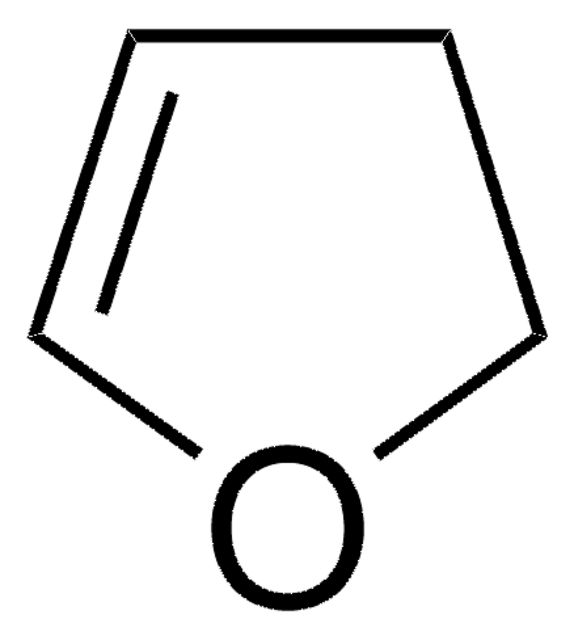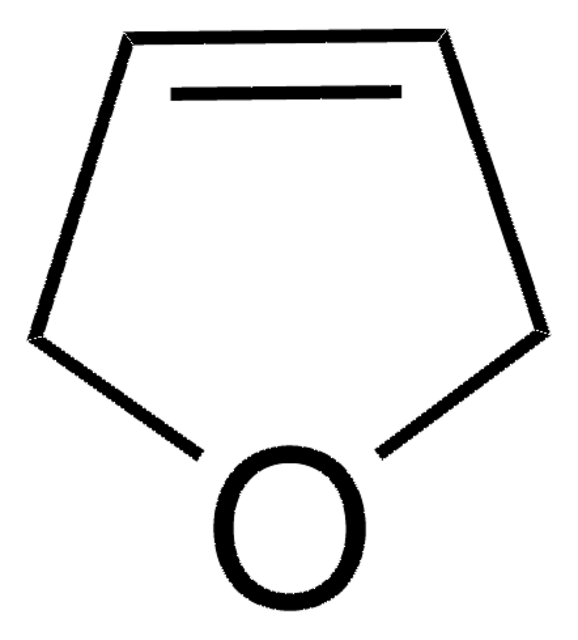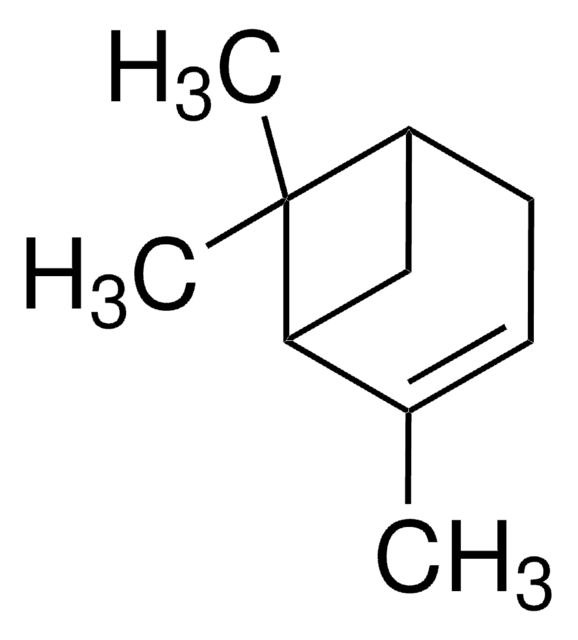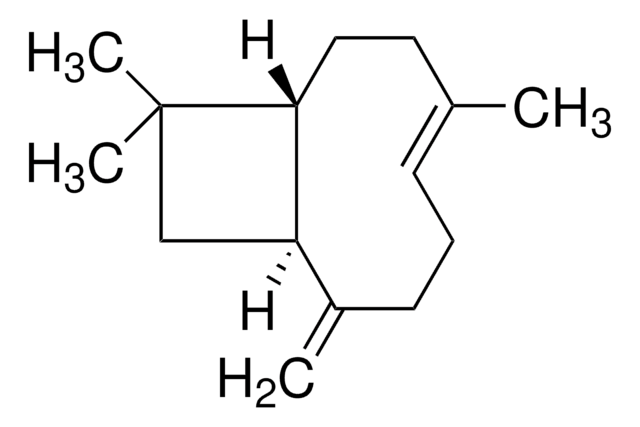255270
o-Cymene
98%
Synonym(s):
1-Isopropyl-2-methylbenzene, 2-Isopropyltoluene
About This Item
Recommended Products
vapor pressure
3.6 mmHg ( 37.7 °C)
Assay
98%
form
liquid
refractive index
n20/D 1.499 (lit.)
bp
178 °C (lit.)
mp
−72-−71 °C (lit.)
solubility
organic solvents: miscible(lit.)
water: insoluble(lit.)
density
0.877 g/mL at 25 °C (lit.)
SMILES string
CC(C)c1ccccc1C
InChI
1S/C10H14/c1-8(2)10-7-5-4-6-9(10)3/h4-8H,1-3H3
InChI key
WWRCMNKATXZARA-UHFFFAOYSA-N
Looking for similar products? Visit Product Comparison Guide
General description
Application
- Mechanism of β–cyclodextrin-thyme nanocomplex formation and release: Explores the encapsulation and release mechanisms of o-Cymene in nanocomplexes, suggesting its potential applications in food industry innovations (Dorofte et al., 2024).
- Processing of sapodilla (Manilkara zapota L.) fruit: Reports the use of o-Cymene in improving the shelf life of sapodilla fruit, illustrating its role in food preservation and post-harvest loss control (Kumar et al., 2024).
- Comparative Study on Insecticidal Activities of Essential Oils: Highlights the effectiveness of o-Cymene in essential oil formulations used as insecticides, providing insights into its use in sustainable pest management (Awojide et al., 2023).
- Chemical composition of essential oil from Lindera caesia: Examines the antifungal and antibiofilm properties of o-Cymene in essential oils, suggesting potential applications in healthcare, especially in dental caries prevention (Zaini et al., 2023).
accessory
Signal Word
Warning
Hazard Statements
Precautionary Statements
Hazard Classifications
Flam. Liq. 3
Storage Class Code
3 - Flammable liquids
WGK
WGK 2
Flash Point(F)
122.0 °F - closed cup
Flash Point(C)
50 °C - closed cup
Personal Protective Equipment
Choose from one of the most recent versions:
Already Own This Product?
Find documentation for the products that you have recently purchased in the Document Library.
Customers Also Viewed
Our team of scientists has experience in all areas of research including Life Science, Material Science, Chemical Synthesis, Chromatography, Analytical and many others.
Contact Technical Service














